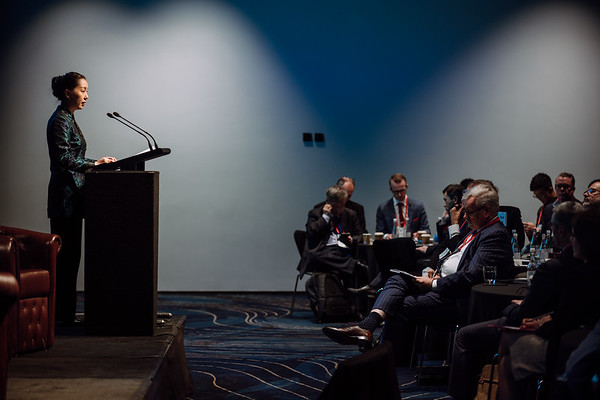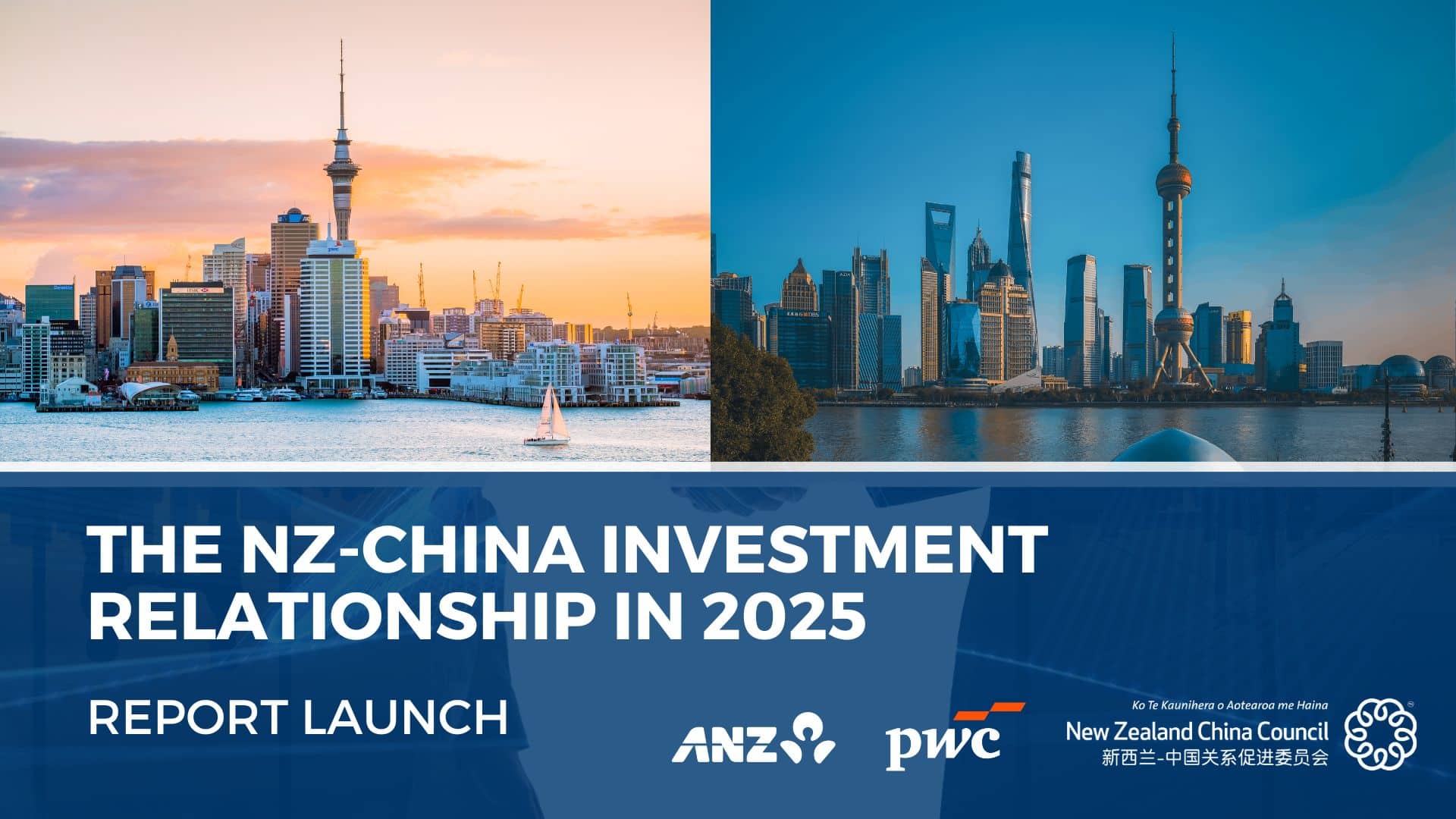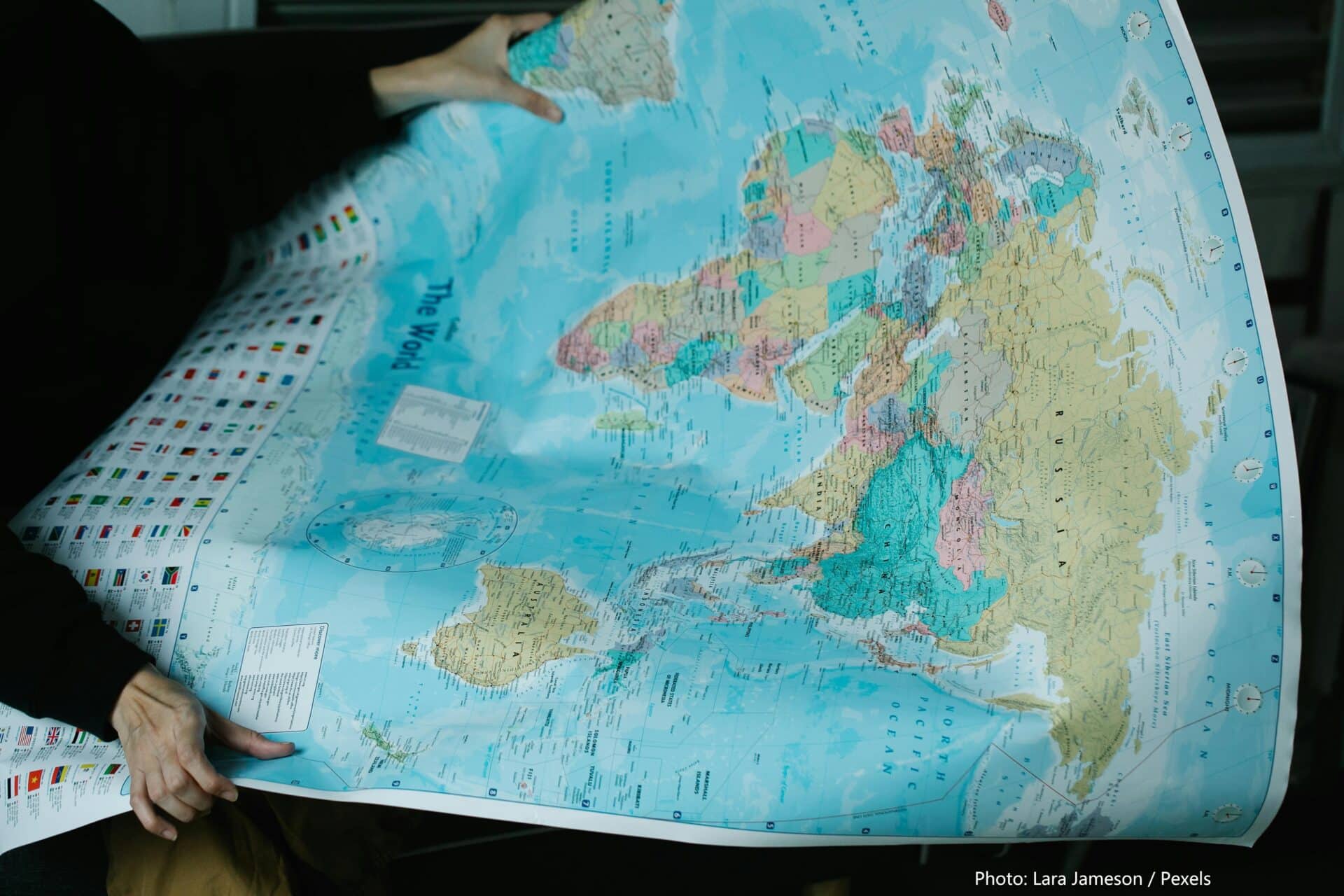Ambassador WU Xi: Making New Zealand a Link in the Belt and Road Initiative
Rt Hon Sir Don McKinnon,
Hon Tim Groser,
H.E. Ambassador Rodrigo Espinosa,
Mr. Stephen Jacobi,
Dear friends, ladies and gentlemen,
It is my great pleasure to join you today for the ‘Building the Southern Link’ Conference co-hosted by the New Zealand China Council and its partners from China, Chile and Argentina.
Let me first thank Sir Don, Mr. Jacobi and the New Zealand China Council for organising this landmark event. I really look forward to exploring and sharing ideas to make New Zealand a major and natural connection point between China and South America under the Belt and Road Initiative.
A few weeks ago, the second Belt and Road Forum for International Cooperation was successfully held in Beijing. Minister Parker joined forty other leaders, including heads of state, government and international organizations, alongside more than 6,000 guests from all over the world. At the forum, more than 100 multilateral and bilateral cooperation documents were signed between China, relevant countries and international organizations, and in total, an impressive 283 concrete deliverables were achieved.
President Xi Jinping delivered a keynote speech at the forum, emphasising China’s sincerity and determination to implement the Belt and Road Initiative following the principles of extensive consultation, joint contribution and shared benefits with partner countries. President Xi also emphasised the importance of open, clean and green cooperation, as well as sustainable, high-quality and people-centred development.
The forum also set the goal of jointly promoting high-quality Belt and Road cooperation, established a global partnership for interconnectivity, and built new platforms for linking local governments with industrial and commercial sectors to identify new ways to work productively together.
Looking ahead, the architecture of Belt and Road international cooperation will be led by the Belt and Road Forum, and underpinned by multilateral and bilateral cooperation in various areas. As we move forward, China will follow international rules and standards widely supported by all parties and respect the laws and regulations of each country.
The Belt and Road has also created new energy and momentum for global economic growth, and a framework for ideas like the Southern Link to take shape. The key features of the Belt and Road Initiative are connectivity, openness and inclusiveness. In many ways, it is like a modern version of the ancient Silk Road.
Around two thousand years ago, the Silk Road paved the way to global trade, using the common language of commerce to connect major settlements and bring prosperity to much of the world. Today, the goods and services we trade are different, but the common language remains the same. Now, as then, we are speaking about connectivity and common development.
Greater connectivity between Asia, Europe, Africa, Oceania and America will enable more people to benefit from the global value chain and industrial chain, turn land-locked countries into land-linked countries, and bring greater economic prosperity to millions of people.
Last May, the New Zealand China Council published a report titled Belt and Road Initiative: A Strategic Pathway. It was well received by the governments, the public and private sectors of both New Zealand and China. I would like to take the opportunity to once again express our appreciation to the Council for this innovative and ground-breaking report.
While cooperation under the Belt and Road was initially conducted through bilateral channels, it is now maturing with multilateral and bilateral progress taking place in parallel. In this spirit, the Council has proposed making New Zealand a conduit between China and South America. This exciting idea fits well with the key features of the Belt and Road, namely connectivity, openness and inclusiveness. It also shows that all partner countries in the Belt and Road have unique ideas and unique value they can offer and contribute.
To turn this creative idea into reality, however, we need to put our thoughts together, work hard and come up with a concrete plan of action. At the same time, we should bear in mind the following principles of BRI cooperation.
First, we need to strengthen policy coordination and enhance political trust. The world we live in faces challenges unseen in a century, with growing uncertainty and destabilising factors. In such an unsettled environment, China’s Belt and Road is an anchor for multilateralism, for building an open and rules-based world economy and for contributing to global development.
The Belt and Road Initiative aims to contribute to the realisation of mankind’s aspirations for all countries to prosper and embrace a better future. It is advanced by all participating countries through extensive consultation, rather than pursuing geopolitical gains or winner-takes-all, zero-sum games.
Second, we need to stick to openness and inclusiveness. The Belt and Road upholds the “golden rule” of consultation and cooperation for shared benefits and is open to all interested countries around the world, including New Zealand and Pacific Island countries. The Belt and Road is China’s idea, but the opportunities and fruits that it presents belong to the whole world. It is aligned with and supports international rules and norms. It stands against isolationism, protectionism, and exclusion.
We should stay committed to building an open global economy, ensure free and inclusive trade, and oppose all forms of protectionism. We should endeavor to promote a universal, rules-based, open, non-discriminatory and equitable multilateral trading system with the WTO at its core.
China and New Zealand are both beneficiaries of the current international system and supporters for the current international order and the multilateral trading system. We should continue to work together and give firm support to the WTO in playing a greater role in global economic governance, and building a global economic governance system based on equality, equity and win-win cooperation.
Finally, the Belt and Road needs the active participation of all partners and stakeholders. We need to encourage the involvement of governments, international and regional organizations, the private sector, and people from all walks of life in fostering and promoting friendship, mutual understanding and trust. To this end, it is heartening to see such a diverse audience today, all committed to a common goal.
In China we say(众人拾柴火焰高).
In English, ‘Many hands make light work’.
In South America, ‘el trabajo compartido es más llevadero’
Three different languages, but one shared understanding.
Looking around me, I am confident this conference will be a starting point to combine international knowledge, build international consensus, and advance international cooperation in connection with the Belt and Road Initiative. We welcome your active participation and your efforts to build the Southern Link, a unique and valuable contribution to Belt and Road cooperation.
Let me wish this conference great success!
Thank you.












 MENU
MENU
